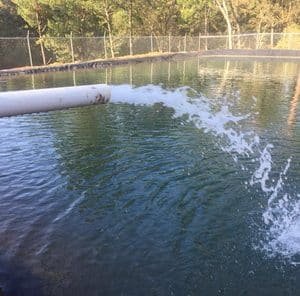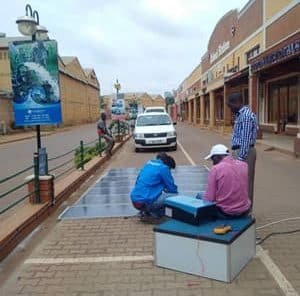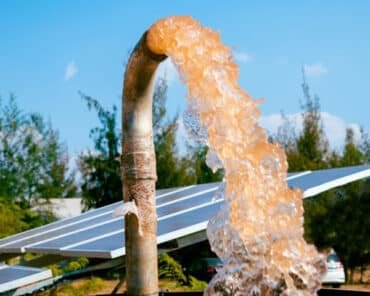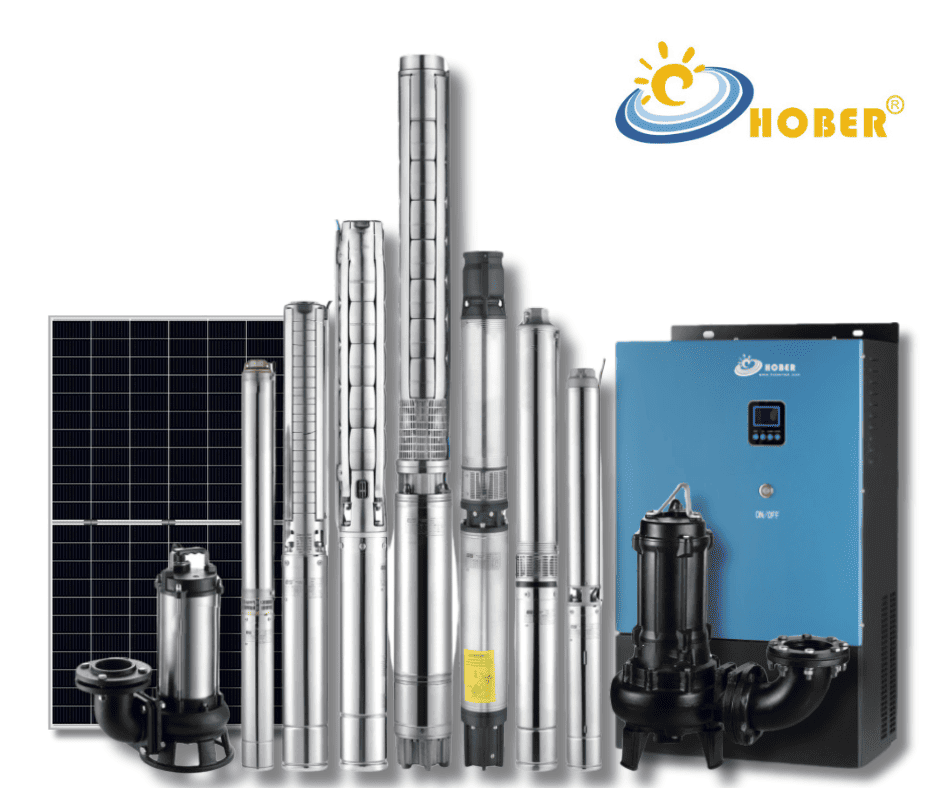Problem: Choosing the right solar pump inverter can be confusing.
Agitate: With so many technical aspects to consider, making the wrong choice can lead to inefficiency and higher costs.
Solution: This article will clarify the differences between single-phase and three-phase solar pump inverters, helping you make an informed decision.

Single-phase solar pump inverters are ideal for pumps under 3hp, providing adequate efficiency for smaller operations. For pumps over 3hp, three-phase solar pump inverters are recommended due to their higher efficiency, better power handling, and lower operational costs. This distinction helps in choosing the right system based on your power needs and pump size.
Understanding the key differences between these inverters can optimize your solar pump setup.
Is a Single-Phase or 3-Phase Inverter Better for Solar Pumps?
Three-phase inverters offer higher power output, making them suitable for large applications. Single-phase inverters, on the other hand, are typically used for smaller, less power-intensive operations. The decision between the two largely depends on the specific requirements of the solar pump system in question.
Which Solar Pump Inverter is Better, Single-Phase or Three-Phase?
The choice between a single-phase and a three-phase solar pump inverter is influenced by several factors, including efficiency and cost-effectiveness. Three-phase solar pump inverters are generally more efficient and cost-effective in the long run, especially for larger systems that demand more power.
Why Use a Single-Phase Solar Pump Inverter Instead of a 3-Phase?
Single-phase power is sufficient for smaller equipment with low electricity requirements. This makes single-phase inverters a practical choice for small-scale solar pump systems, typically those with pumps under 3hp.
What are the Advantages of a 3-Phase Solar Pump Inverter Over a Single-Phase Inverter?
Three-phase systems provide several advantages over single-phase systems. These include greater power density, balanced loads, and reduced wiring costs. For larger solar pump systems, these benefits can lead to significant improvements in performance and efficiency.
Voltage Input Range Differences
Single-phase and three-phase solar pump inverters have different voltage input ranges. For example:
- Single-phase inverters: HSPH750LB (0.75kW) has a voltage input range of 80-450V.
- Three-phase inverters: HSPH15KH (15kW) has a voltage input range of 400-800V.
Understanding these differences is crucial for selecting the appropriate inverter for your system. Single-phase inverters usually operate within a lower voltage range, making them suitable for smaller systems.
Selection Based on Pump Type
Inverters are chosen based on the type of pump being used. If the pump is single-phase, then a single-phase inverter should be selected. Conversely, if the pump is three-phase, a three-phase inverter is necessary. This ensures compatibility and optimal performance.
Connection Methods
The connection methods for single-phase and three-phase inverters to the pumps differ significantly. Single-phase inverters typically use a simpler connection method, while three-phase inverters require a more complex setup. Understanding these differences can help in planning and installation.
Single-Phase Solar Pump Inverter on 3-Phase Supply
While it is possible to use a single-phase solar pump inverter on a 3-phase supply, it is not recommended due to efficiency losses and potential complications. It is generally better to match the inverter phase type to the supply phase type.
11kW 3-Phase Solar Pump System: An Overview
A 10kW 3-phase solar system is ideal for larger applications that require more power. These systems are highly efficient and can handle significant loads, making them suitable for commercial or large residential use.
Understanding 3-Phase Solar Pump Inverter Pricing
The pricing for 3-phase solar pump inverters varies based on several factors, including capacity and brand. Generally, 3-phase inverters are more expensive than single-phase inverters, but their efficiency and performance benefits can justify the higher cost.
15kW 3-Phase Solar Pump System: Benefits and Costs
A 15kW 3-phase solar system offers numerous benefits, including higher efficiency and the ability to handle large loads. However, the costs associated with these systems can be higher. It’s essential to weigh the benefits against the costs when making a decision.
Single-Phase Pump Inverter vs. Three-Phase Pump Inverter: A Detailed Comparison
Comparing single-phase and three-phase pump inverters involves looking at various factors such as efficiency, cost, and application suitability. Single-phase inverters are best for smaller systems, while three-phase inverters excel in larger, more demanding setups.
3-Phase Solar Pump System Wiring Diagram: A Step-by-Step Guide
Creating a wiring diagram for a 3-phase solar pump system requires careful planning and understanding of the electrical connections involved. This step-by-step guide can help ensure a safe and efficient setup.
Choosing the Right 3-Phase Solar Pump Inverter
Selecting the right 3-phase solar pump inverter involves considering factors such as system size, power requirements, and budget. It’s important to choose an inverter that meets the specific needs of your solar pump system.
22kW 3-Phase Solar Pump System Price: Is It Worth the Investment?
Investing in a 20kW 3-phase solar system can be worthwhile for large-scale applications. The initial cost can be high, but the long-term benefits in terms of efficiency and power capacity can make it a valuable investment.
Summary:
By understanding the differences between single-phase and three-phase solar pump inverters, you can make an informed choice that suits your power needs and operational requirements. Whether you opt for a single-phase inverter for a smaller system or a three-phase inverter for a larger setup, making the right decision will enhance the efficiency and performance of your solar pump system.

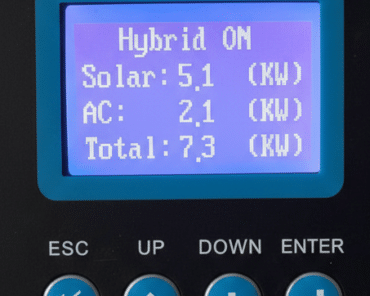
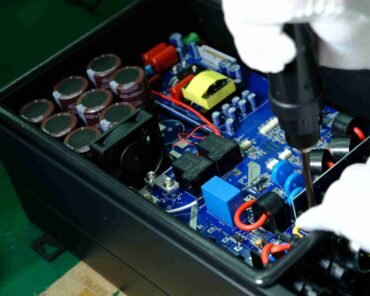

](https://hobertek.com/wp-content/uploads/2025/03/solar-pump-inverter-for-irrigation-efficient-water-pumping-solution-370x296.png)

